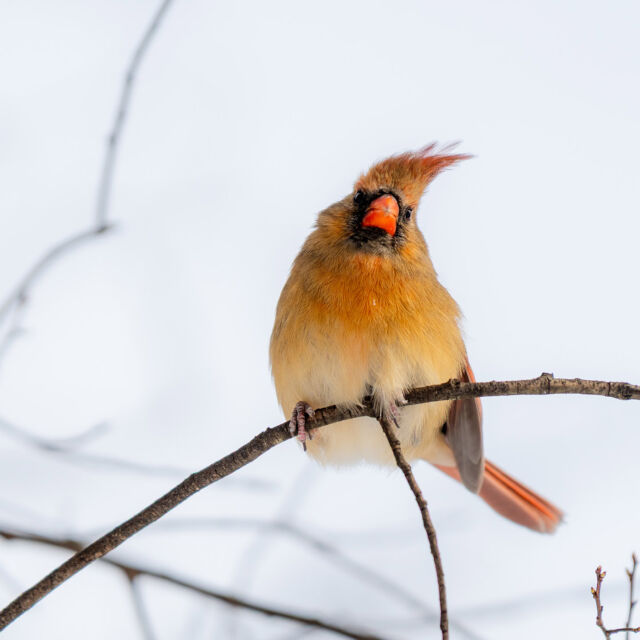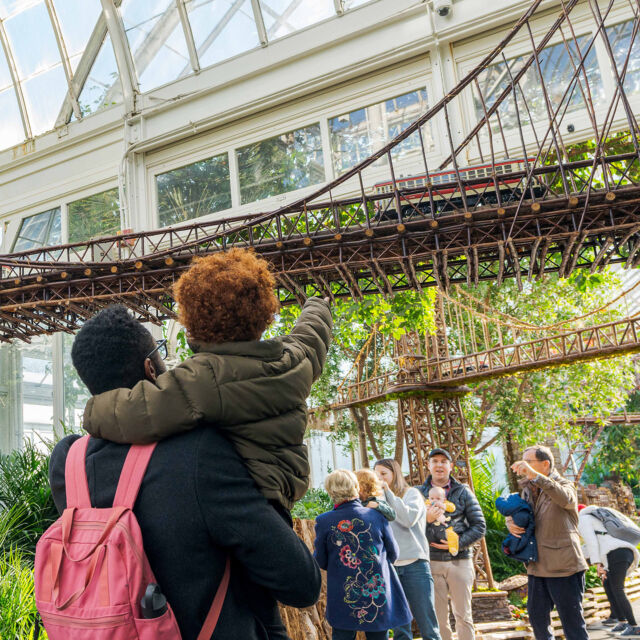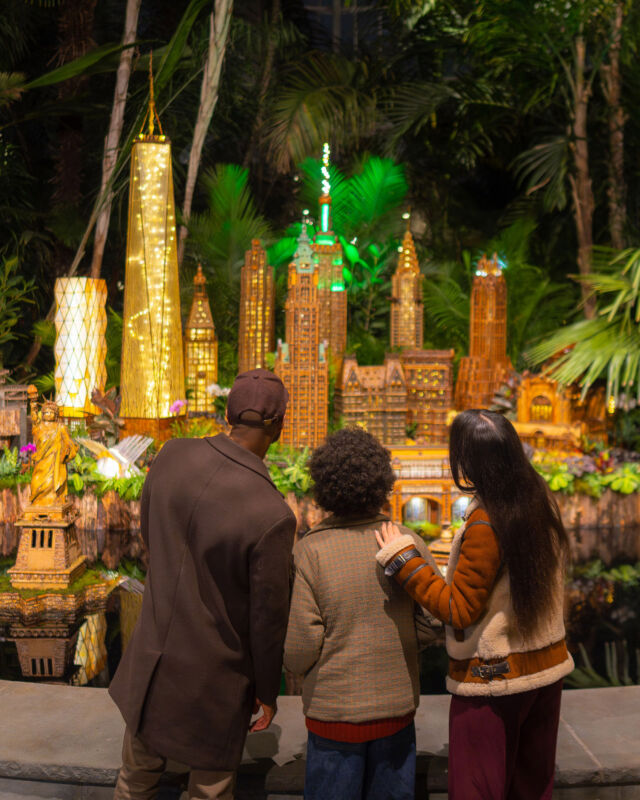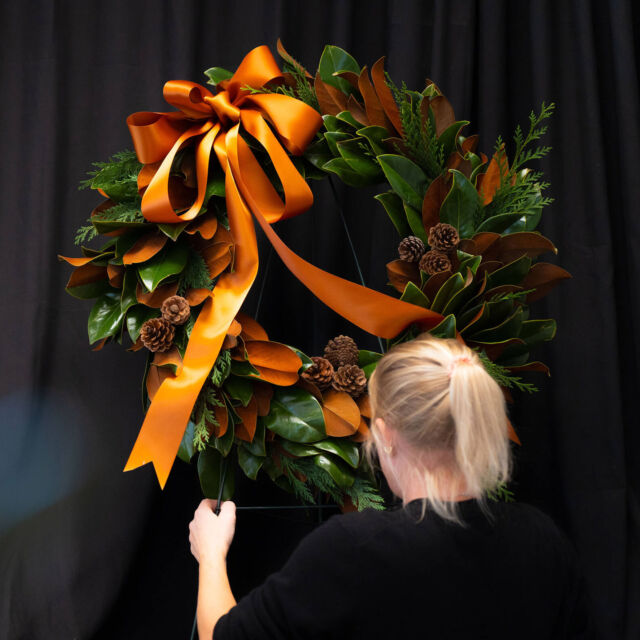Revisiting NYBG’s 4th Annual Plein-Air Invitational: Sketching Lilacs with James Gurney
A long favored celebration of spring’s arrival, the NYBG Plein-Air Invitational has introduced talented artists to the Garden’s beautiful and varied collections since 2016. Visitors are invited to explore the landscape not only with their eyes, but also through the lens of the painter. This celebration of botanical interpretation began with the 2016 artist-in-residence, James Gurney. While best known for his illustrated book series Dinotopia, Gurney has also created breathtaking paintings and sketches of NYBG’s collections, and has served as a mentor for other aspiring plein-air artists.
While the Garden remains temporarily closed, you’re welcome to join us virtually during during lilac season as we revisit our 2019 Plein-Air Invitational with Gurney.
Plein-air painting takes the artist’s studio outside. It is a sensory practice that is dependent on surveying unfiltered, natural beauty. Gurney himself notes that “observation fuels his imagination.” While the landscape may be shared by all of us who encounter it, plein-air painting allows the observer to interpret nature’s beauty and make it their own.
This video, Sketching Lilacs at The New York Botanical Garden, was shot in May 2019 by Gurney, and features his creative process as well as the joys, trials, and tribulations of painting outdoors. We hope this video will permit you to bring a little nature into your living room. Should you like to try your own rendition of lilacs at home, please view this recent video of the Burn Family Lilac Collection for inspiration. Enjoy!
Check out more of James Gurney’s work on his website, YouTube, and Instagram.
SUBSCRIBE
Enter your email address to subscribe to this blog and receive updates on new posts.











